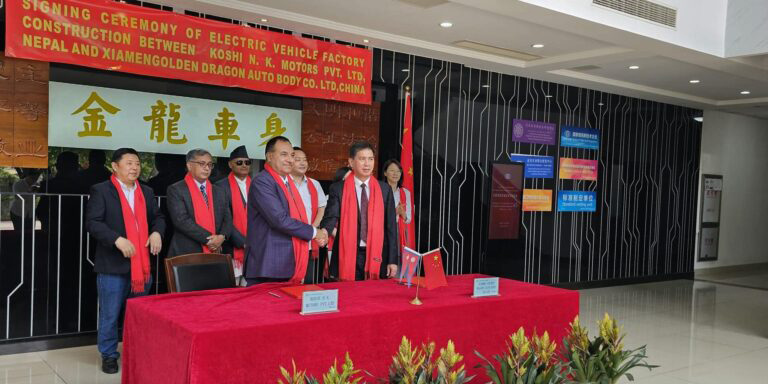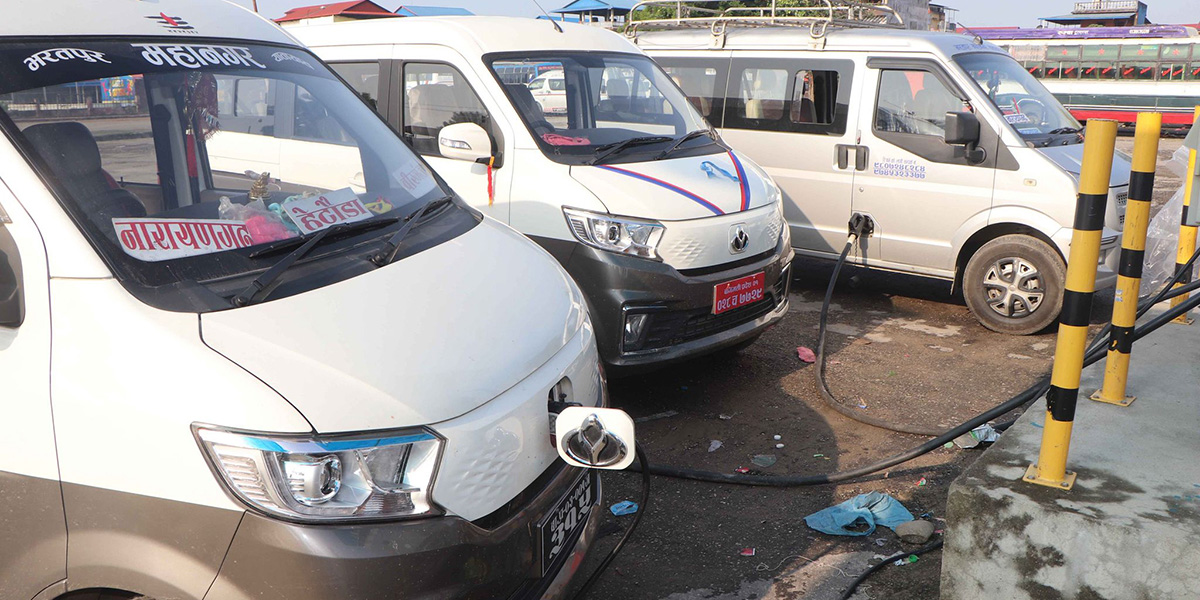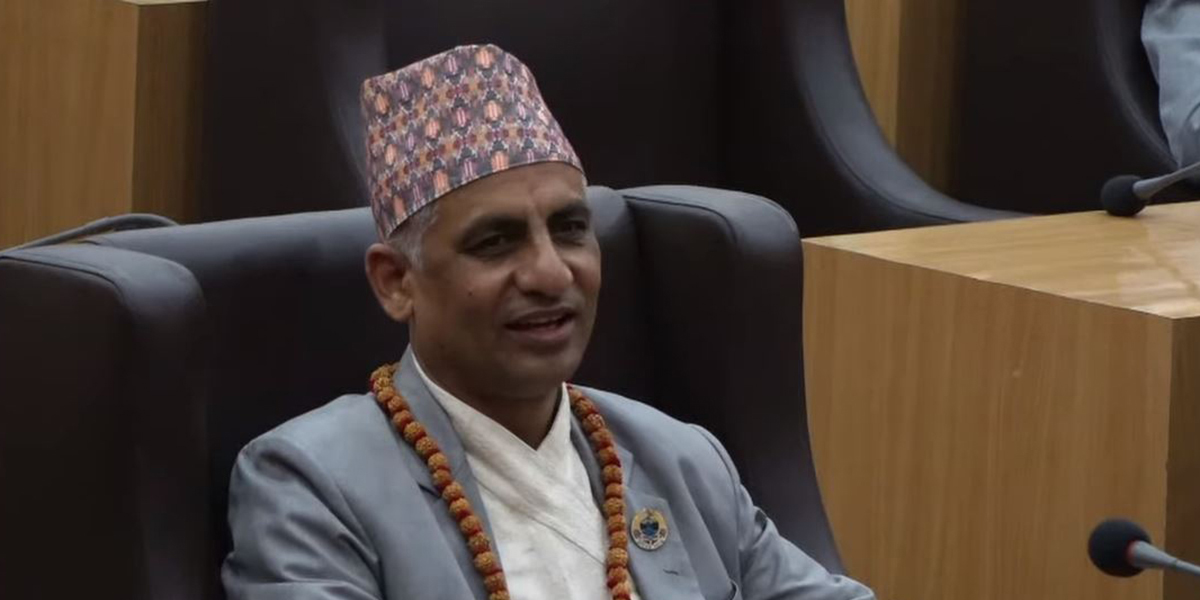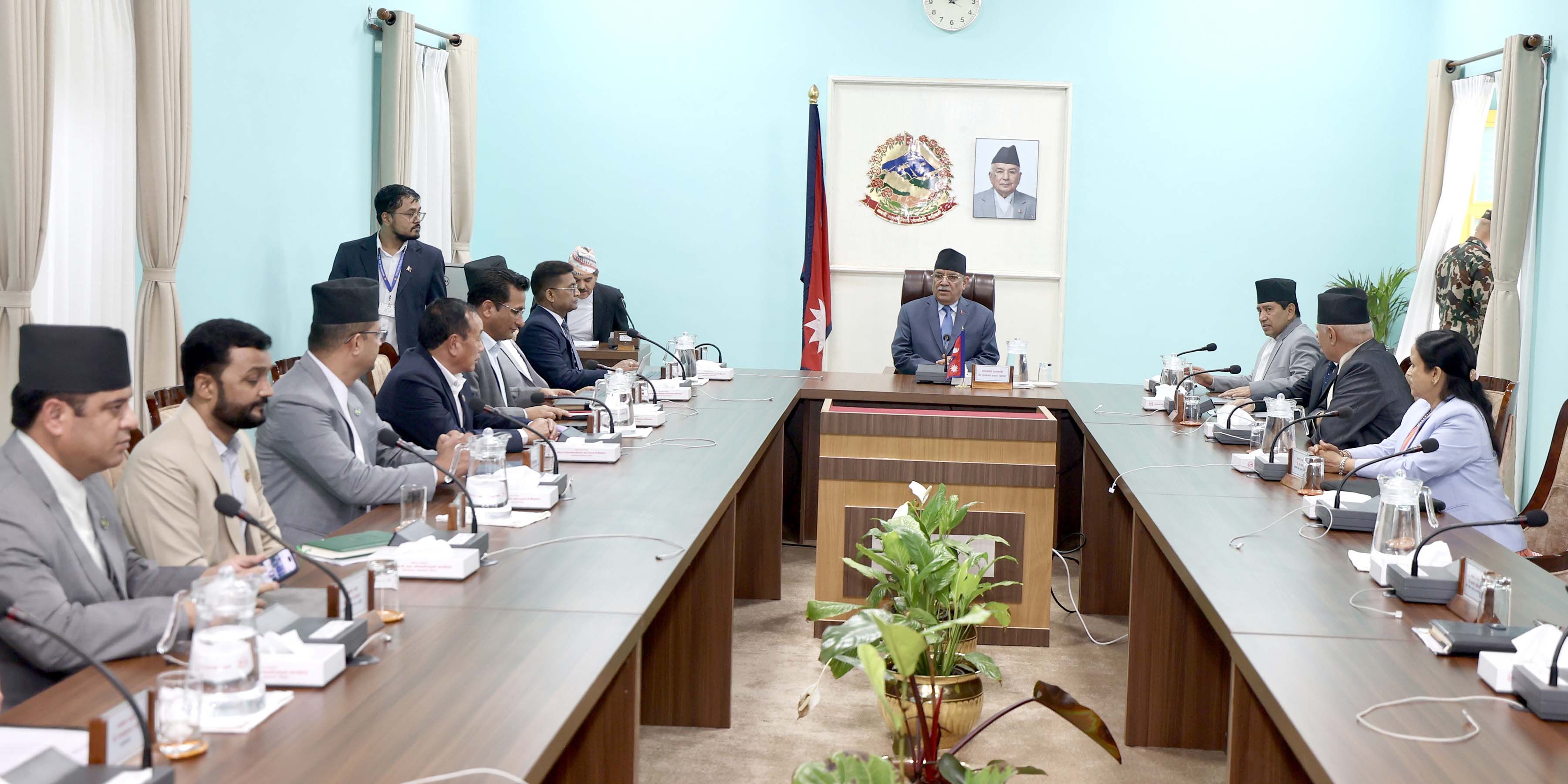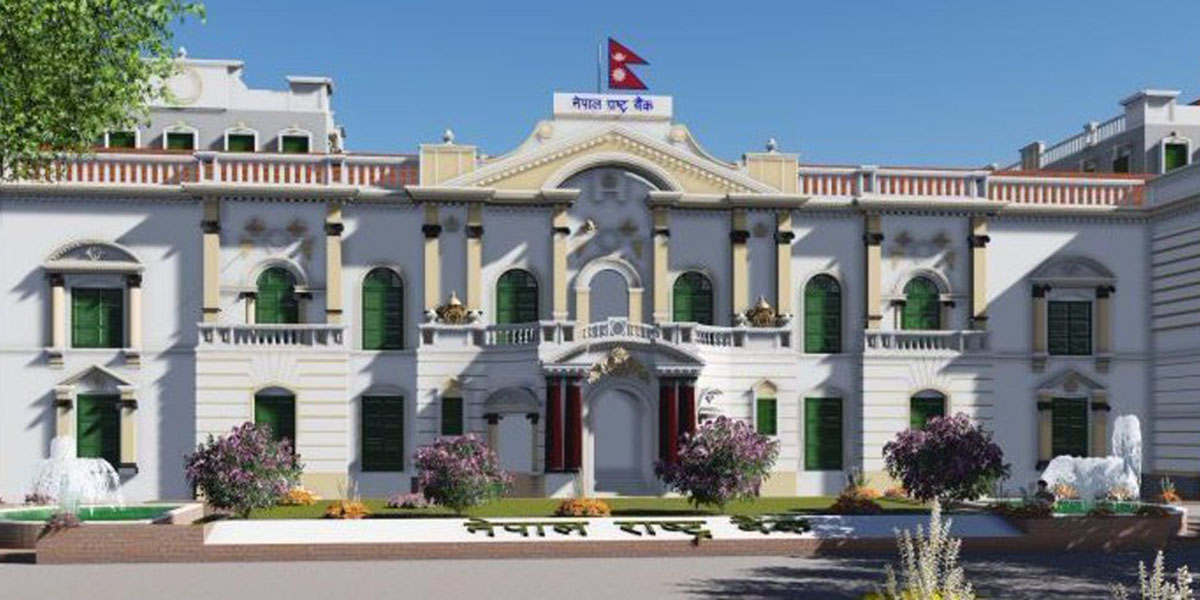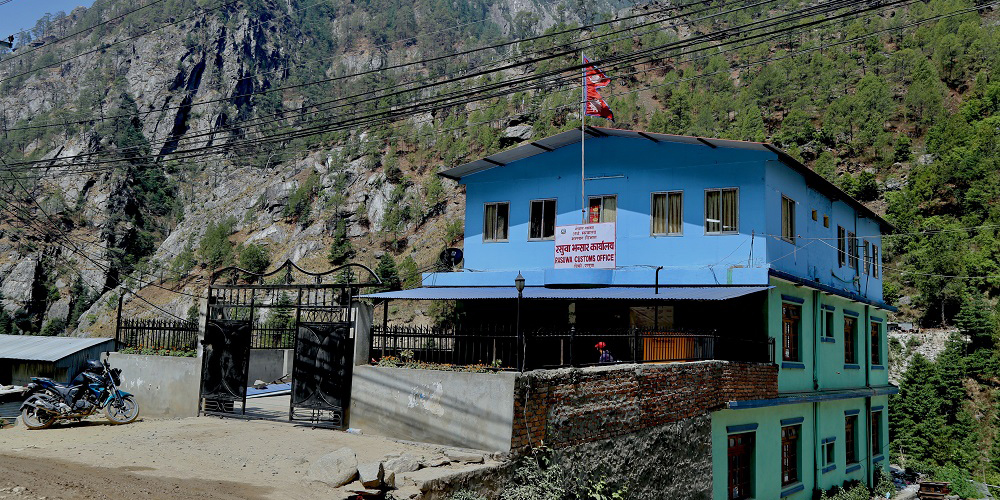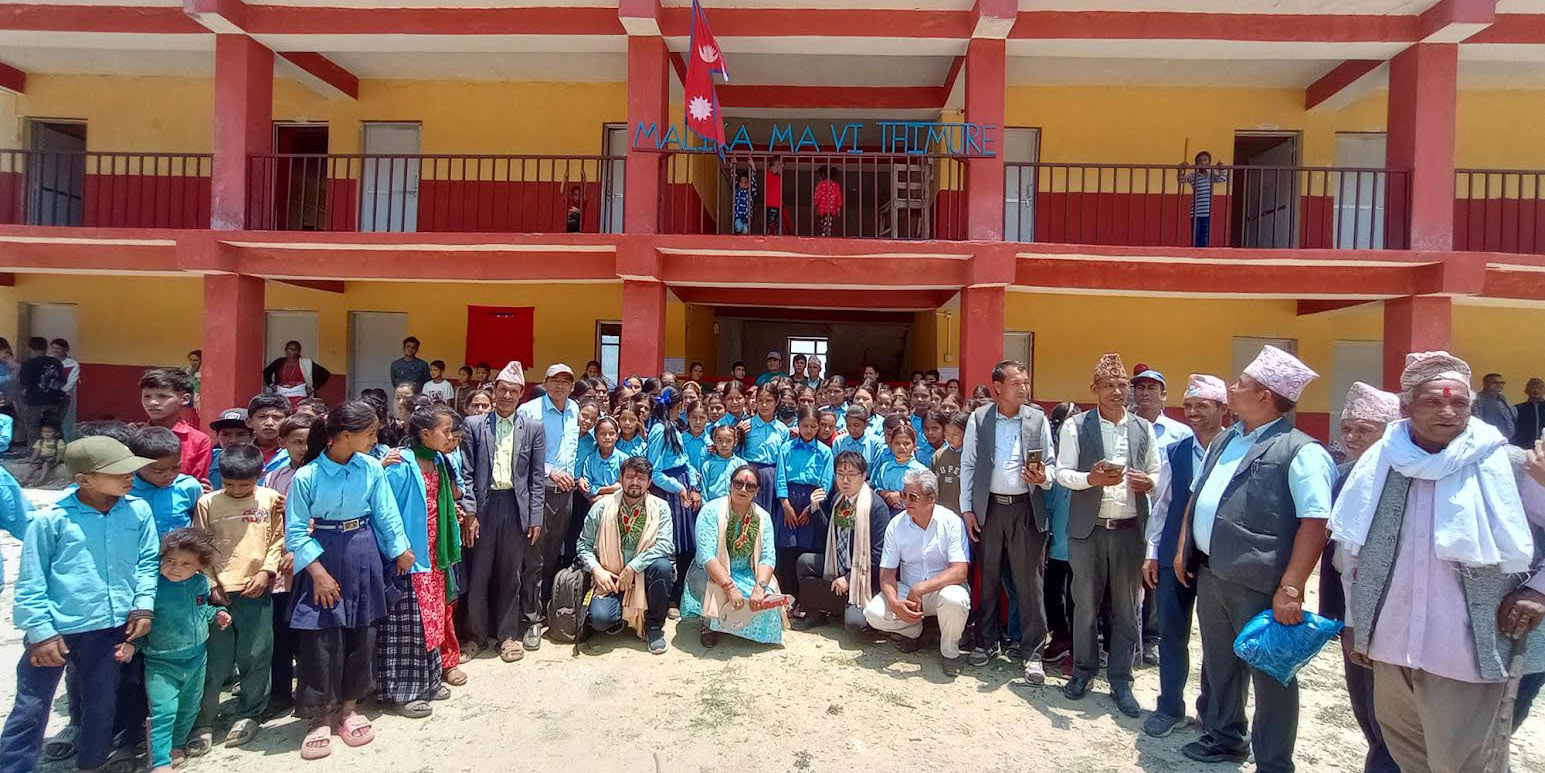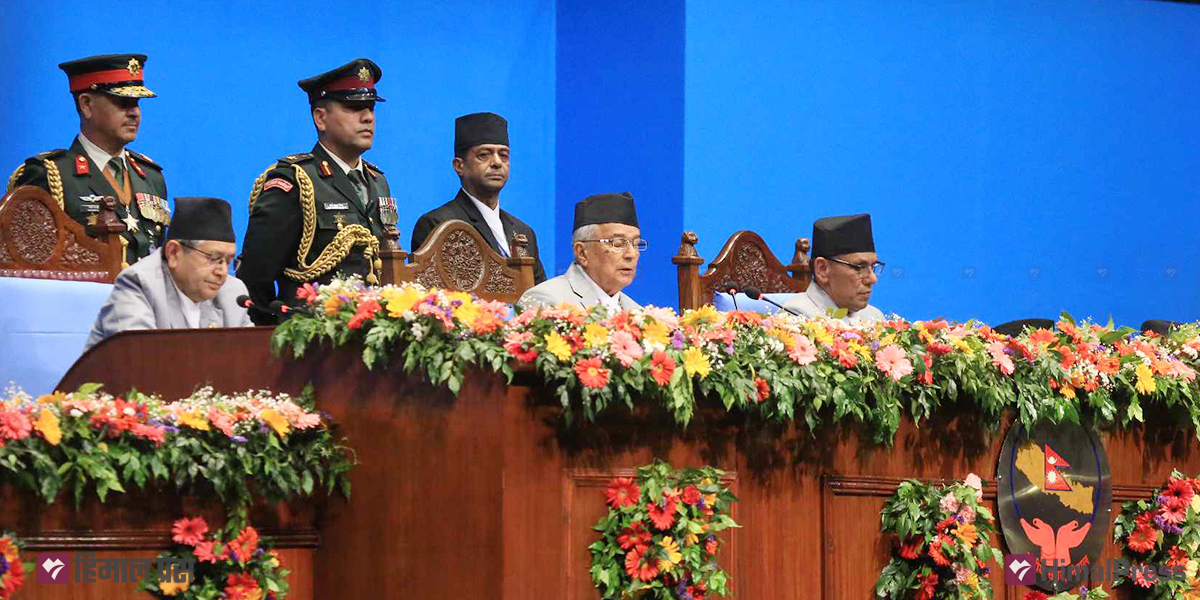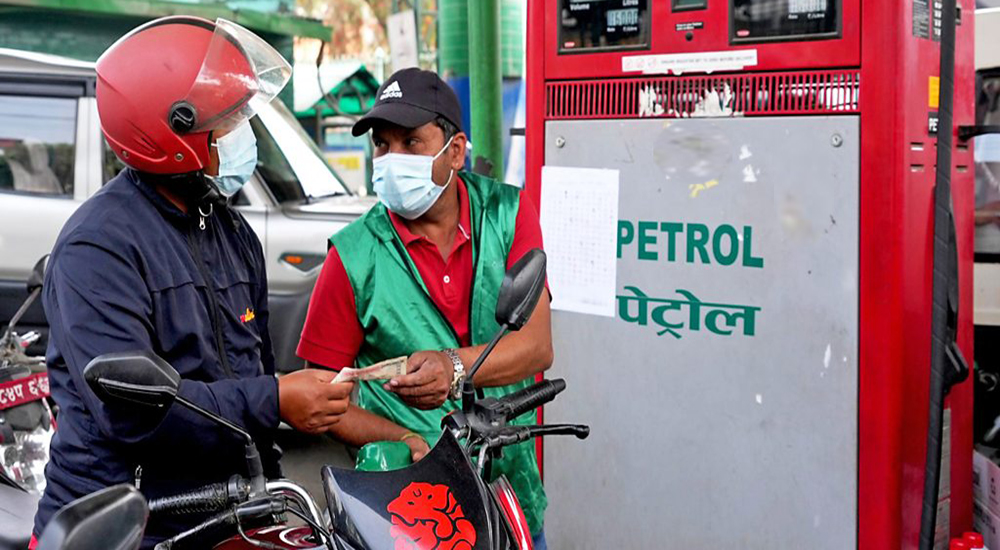
ITAHARI: The use of electric vehicles (EVs) is on the rise in recent times. Charging stations have also been built in most of the major cities. This has made it easier for people to use EVs in both long and short distances.
Devendra Karki, the manager of the Tata Motors Showroom in Itahari, noted that an increasing number of people are now purchasing EVs. “In the past, people were hesitant about using EVs, but they have gained immense popularity in recent times. A majority of our sales are now EVs,” he said, adding: “The expansion of charging infrastructure has significantly contributed to the adoption of EVs.”
Karki said that EVs have gained the trust of users due to cost advantages. “The operational cost of EVs is very low. The per-kilometer cost of internal combustion engine (ICE) vehicles is around Rs 16-17, whereas it is less than a rupee for EVs. Additionally, servicing costs for EVs are significantly lower compared to ICE vehicles,” he added.
Tata Motors has strategically placed charging stations every 100. These stations are equipped with 30 kW DC charger. Karki said that Tata Motors has extended this infrastructure not only to the lowlands of Tarai but also to hilly areas such as Kanyam in Ilam, Phidim in Panchthar, Taplejung, and Hile in Dhankuta.
The Nepal Electricity Authority (NEA) has also played a role in expanding charging infrastructure. It has built charging stations in locations like Damak in Jhapa, Itahari and Inaruwa in Sunsari, and Belka in Udayapur in the Koshi Province.
Various other EV brands and businesses have followed suit. Purbanchal Cafe in Khanar, Itahari-10, has set up a charging station on its premises. Damodar Bidari, the cafe owner, said that an increasing number of EV owners are visiting his establishment for charging. “Some customers charge their EVs while enjoying a meal, while others visit solely for the purpose of charging,” he added.
Pawan Adhikari, an EV user, expressed his satisfaction with the transition to EVs. “My monthly fuel expenses used to be as high as Rs 25,000, but now they are around Rs 3,000. EVs recharge through regenerative braking, and the cost of servicing is minimal,” he added.
Adhikari shared that he previously experienced range anxiety when traveling from Itahari to Hetauda. However, he said that the increasing number of charging stations has alleviated this concern. “Now, there are charging stations at multiple locations. We can plug in our vehicles while having a meal, and we can even travel to Kathmandu without any issues,” he added.
Adhikari drives an MG car, which provides a range of 350km. “We can easily charge this car at home with a 16-ampere connection,” he added.
Adhikari suggested that the NEA consider outsourcing the maintenance of its charging stations to local firms and technicians. “When NEA’s charging stations malfunction, they often have to wait for representatives of vendors to arrive. It would be more efficient if this task were outsourced to local firms,” he added.
Further Reading:
Expansion of charging infrastructure accelerates EV adoption



